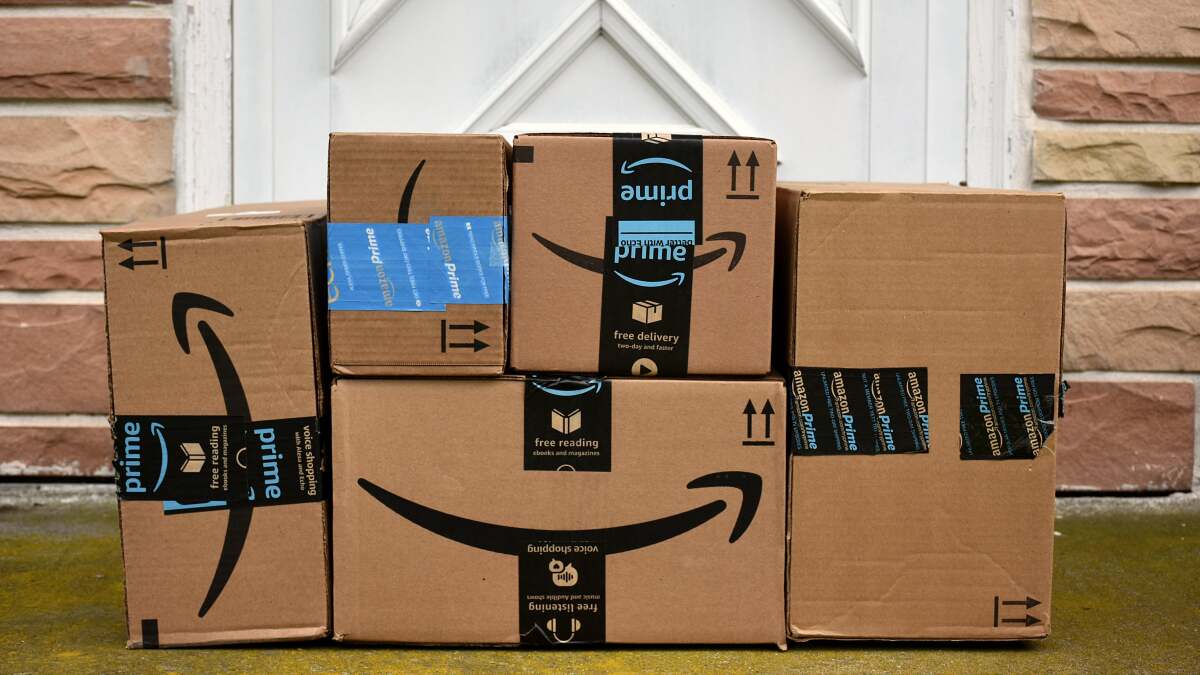
We may earn a commission from links on this page.
Deal pricing and availability subject to change after time of publication.
Many major retailers attempt to compete with Amazon’s upcoming October Prime Day (Walmart, Target, and Best Buy are the biggest competitors) and of course, each one wants you to think their deals are the best of the best—but it’s often a smoke screen. Amazon, in particular, has been embroiled in a lawsuit since last September by the Federal Trade Commission and 17 states, alleging it inflated prices on their products using an algorithm.
In other words, if you have a hunch that the price for a “deal” on Amazon was actually cheaper in the past, you may be right: One study from 2022 revealed questionable tactics deployed by Amazon to trick consumers into thinking they are getting a deal when, in reality, the savings are negligible, at best—and even higher than before, at worst.
The trick is called “price-increase and list-price synchronization.” Basically, a seller disguises a price increase as a discount by increasing an item’s “list price” (the original price) and then slashing that list price to show you a “sale price” that might even be higher than the original price.
Here’s how this might play out in practice: Amazon lists a television for $500. Then, one day, the “List Price” becomes $600 with a slash through it. Amazon then bumps the TV to $550. A blissfully unaware buyer might be tricked into thinking they’re saving $50 when, in reality, they’re overpaying for the TV.
When I reached out to Amazon about the study, I received this response from a spokesperson: “Amazon provides clear and accurate pricing information on our product pages. This study was conducted more than five years ago, and doesn’t accurately represent the shopping experience today. We continually work to help customers make more informed purchase decisions and have since evolved how we describe pricing information.”
Take this M1 Apple MacBook Air laptop, though. Back in October 2022, it was listed as $998 with a “Prime Exclusive Deal” where you are “saving 17%” or $200 off from the $1,198 “list price.” But when we look at the MacBook’s price history on Camelcamelcamel, a price tracking page, here’s what we find:

Screenshot from camelcamelcamel.com
Credit: camelcamelcamel.com
Although it is discounted from its then-lowest price, the chart above shows the MacBook’s list price was never the claimed $1,198. Later, the price of the laptop conveniently rose just before Amazon’s Prime Early Access Sale on October 11, 2022, only to then be discounted again for the event. It’s still the cheapest price of the year at $998, but it’s not as sweet of a deal as that new, higher “list price” would make it seem.
There is no official market value for any item since the free market sets the price of any good, so the practices by Amazon and others are not illegal. However, that doesn’t mean you have to be fooled. To avoid falling into this trap, make sure to use price-tracking pages like Camelcamelcamel for Amazon or Honey for major online retailers on deals you feel seem suspicious. Look at their price history to make sure that “deal” is actually a deal.








